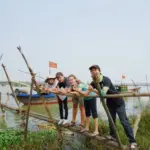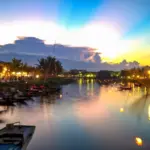Discover Cam Kim Island: The Heart of Rural Life and Traditional Craft Near Hoi An by Ovuigo
Nestled across the Thu Bon River from famed Hoi An Ancient Town, Cam Kim Island is a hidden gem. This rural island is renowned for its tranquil ambiance, rich craft heritage, and unspoiled landscapes. Whether you are a cultural traveler, cycling enthusiast, or a seeker of authentic Vietnamese life, Cam Kim offers an immersive day trip distinct from the bustle of urban cities and high-rise buildings. As an expert on Hoi An tourism, ovuigo is here to help you experience Cam Kim Island – from the iconic Kim Bong Carpentry Village to riverside artisan workshops, rice paddies, and lively village life.
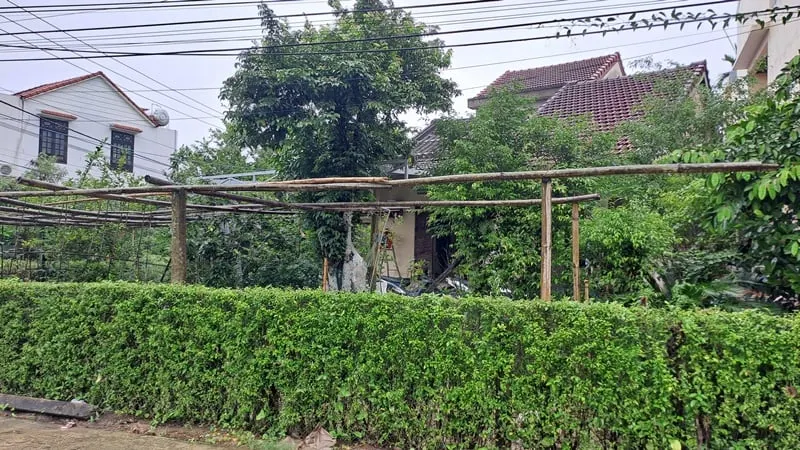
Things to Do on Cam Kim Island: Authentic Experiences and Activities
Cam Kim Island’s slow rhythms make it perfect for those wishing to step away from the urban city noise. The best way to explore is on a bicycle, which you can rent for around 30,000–50,000 VND (roughly $1–2 USD) per day in Hoi An before crossing over. Cycling or strolling through the scenic rural landscape, you’ll pass by rice paddies, floating vegetable gardens, and rows of traditional houses capped with tile roofs.
A highlight is the Cam Kim island bike tour, winding along bamboo bridges and village lanes, where you’ll glimpse locals tending buffaloes, drying rice, or weaving bamboo baskets. Don’t miss joining a Cam Kim basket boat experience or participating in a mini craft workshop; several local guides arrange hands-on classes where you can try your hand at wood carving, mat weaving, or even crafting small bamboo toys.
Many visitors praise the immersive cultural feeling here, saying it is the best spot in Central Vietnam for a living-village experience. Don’t rush; plan to spend a full morning or afternoon to soak up the laid-back vibe and genuine rural hospitality that is the opposite of a busy metropolis.
View Cam Kim Island on Google Maps
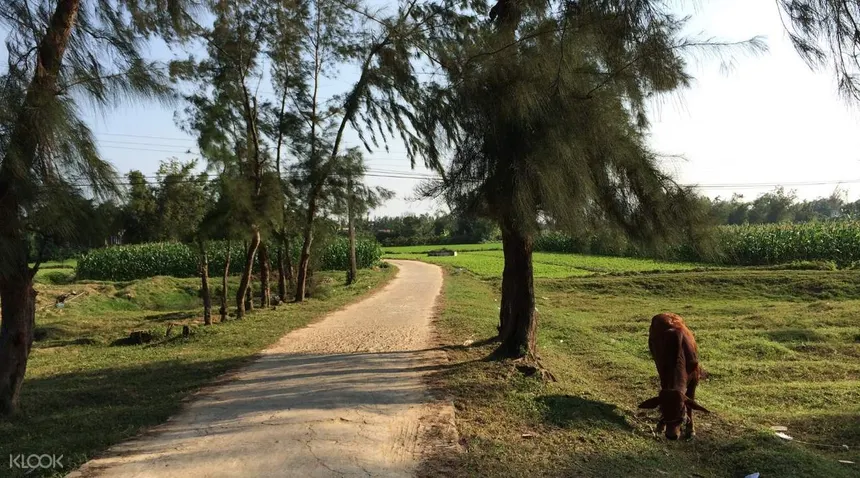
How to Get to Cam Kim Island: Access, Ferry Services, and Cam Kim Bridge
There are two main access points to Cam Kim Island:
1. Cam Kim Ferry: The most traditional and scenic way is the local ferry from the wharf at Nguyen Hoang Street (near Hoi An Night Market). This wooden boat ferry shuttles locals, bicycles, and a few motorbikes between Hoi An and Kim Bong Village every 20-30 minutes. The fare is 10,000 VND for a person with a bike, 15,000–20,000 VND for a motorbike. Arrive early in the day to avoid crowds and enjoy the river crossing as locals do.
2. Cam Kim Bridge: For self-guided travelers, the recently constructed bridge connects Hoi An’s Thanh Ha and Cam Pho Wards to Cam Kim. It’s bicycle- and motorbike-friendly and open 24 hours, making access flexible and allowing you to create your own schedule. Simply cross and follow small signboards towards Kim Bong Carpentry Village or other hamlets.
Both options provide easy access to the heart of Cam Kim. The bridge is particularly handy if you wish to continue on to Duy Vinh Village or explore the broader Quang Nam Province area by motorbike. Your journey starts just 2km from Hoi An Ancient Town and continues into a world far removed from modern infrastructure.
View Cam Kim Bridge on Google Maps
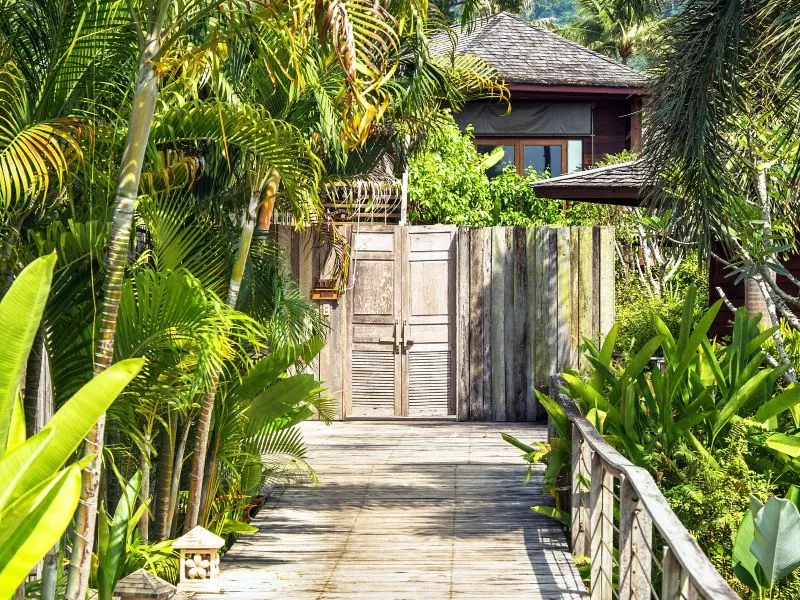
Exploring Kim Bong Carpentry Village: The Heart of Wood Carving Heritage with Ovuigo
Kim Bong Carpentry Village is Cam Kim Island’s most celebrated destination—a living museum of Quang Nam’s wood carving traditions. Here, generations of skilled artisans create everything from simple wooden household items to ornate temple woodwork and classic fishing boats.
Walking through the village, you’ll hear the distinct ‘tuk-tuk’ sound of chisels as craftsmen shape indigenous woods using unique joinery methods, passed down since the 16th century. Many carvers worked on Hoi An’s famous community halls and the wooden bridges of Central Vietnam.
Visitors are welcome in many workshops—most charge no entrance fee, but small donations are appreciated or you can show support by purchasing carved souvenirs. Artisans often demonstrate their craft, hand-shaping intricate dragons or lotus motifs while sharing stories about the cultural roots of Kim Bong’s artistry. Don’t miss the memorial house honoring village ancestors or the riverside lanes lined with half-completed boats.
Kim Bong’s woodwork is famed for its durability and subtle beauty—a symbol of Central Vietnamese culture. If you have time, join a half-day wood carving workshop (from 100,000–200,000 VND/person) to understand the patience and skill involved.
View Kim Bong Carpentry Village on Google Maps
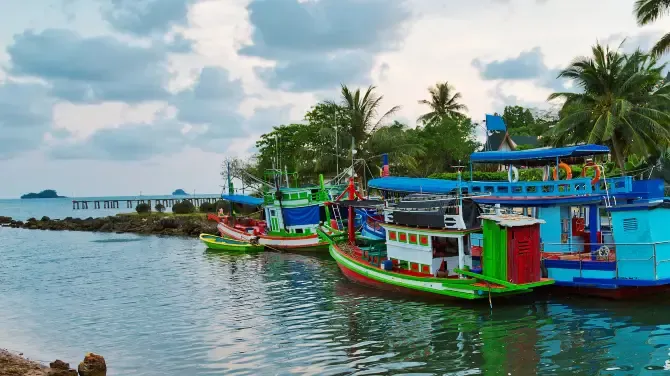
Village Life and Rural Landscape on Cam Kim: Rice Paddies, Vegetable Farms, and Local Community
The soul of Cam Kim Island lies in its authentic rural life. As you venture away from Kim Bong, you’ll find smaller villages like Tra Nhieu—a great spot for observing traditional rice farming and the floating vegetable gardens that line irrigation canals. The land here is flat, known for its lush, irrigated rice paddies stretching toward the horizon.
Many families still grow rice and garden vegetables with time-honored methods. Visitors can observe or even join in—learn to transplant rice, feed water buffalo, or hand-pump water in the old ways. Village homes, built from bamboo and earth, dot the roadsides and welcome visitors for tea or a taste of My Quang noodles—the region’s most loved dish.
Cam Kim’s population remains under 4000, and the atmosphere is friendly and non-commercialized. The rural island experience provides visitors a rare chance to witness everyday Vietnamese life, free from the trappings of mass tourism or industrial area development. The villagers’ pride in sustainable, eco-friendly farming is on display in every field and garden, giving you insight into vietnam’s green agriculture heritage.
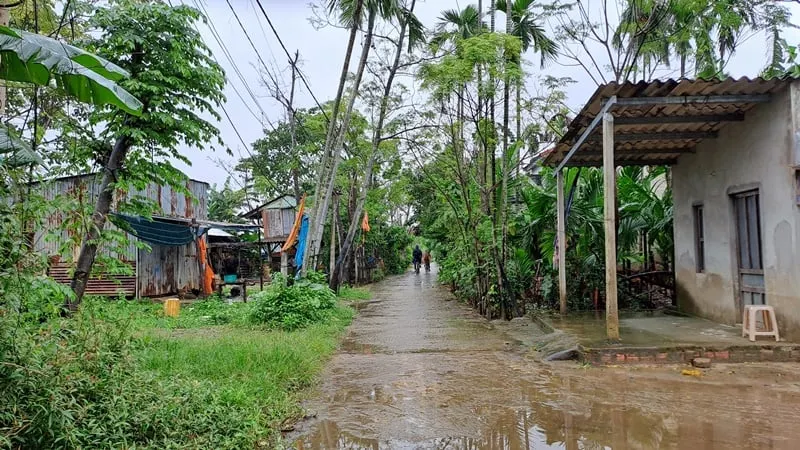
Traditional Crafts and Boat Building: Artisan Workshops Along the Thu Bon River
Along Cam Kim’s stretch of the Thu Bon River, you’ll discover more than just wood carving. The river’s edge hosts bamboo weaving ateliers, mat makers, and famed wooden boat workshops. Building and repairing riverboats is a specialty here, using ancestral techniques that ensure the fishing vessels endure Central Vietnam’s river currents for years.
You can visit traditional mat weaving workshops like Khu Dệt Chiếu Kim Bồng (mat weaving village). There, villagers invite you to try labor-intensive weaving. Entry is free, but buying a handmade souvenir mat or basket supports the community directly. The sounds of boatbuilding—the clink of adzes and the aroma of fresh-cut timber—fill the air.
Several workshops allow visitors to join brief classes or step-by-step demonstrations. Children and adults both enjoy these hands-on experiences, learning firsthand the skill and patience required for Vietnamese handicraft mastery.
View Thu Bon River on Google Maps
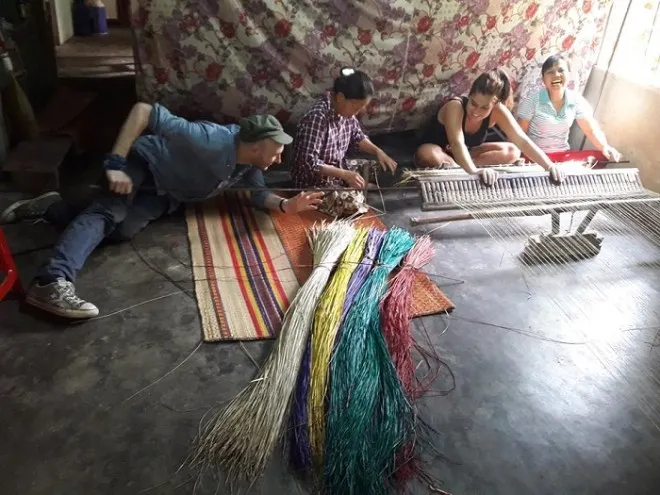
Cultural Heritage, Festivals, and Unique Characteristics of Cam Kim Island
Cam Kim’s distinction lies in its commitment to sustainable rural traditions and its unique cultural calendar. The island hosts an annual carpentry festival (every spring), during which locals perform wood carving contests, boat races, and showcase oral storytelling—narratives reciting legends of Hoi An and the Thu Bon River. With a population bonded by craft and farming, oral histories and indigenous knowledge still hold sway here.
Traditional communal houses (dinh lang) and small temples, often tucked beside rice fields or waterways, shelter village deities and host ceremonies celebrating rice harvests, ancestor veneration, and craft guilds. These gatherings welcome visitors, giving you a glimpse into a world where traditional values and religion remain central.
Cam Kim’s countryside is also marked by floating vegetable farms—unique ecological innovations made possible by the island’s river-edge location and knowledge passed down through generations. The tranquility, combined with the lack of industrialization and modern infrastructure, preserves both the landscape and the community’s integrity.
For an unforgettable, immersive journey, book a guided Cam Kim village tour or reach out to local experts for tailored experiences. Contact ovuigo via Whatsapp at +84868319161 to plan your own authentic Cam Kim itinerary or discuss eco-friendly day tours and craft workshops.
**Ready to extend your stay? Discover the comfort of The Manor Hoi An on *Airbnb*, Hola 1 on *Airbnb*, and Hola 2 on *Airbnb* for the best Hoi An countryside accommodation!**

